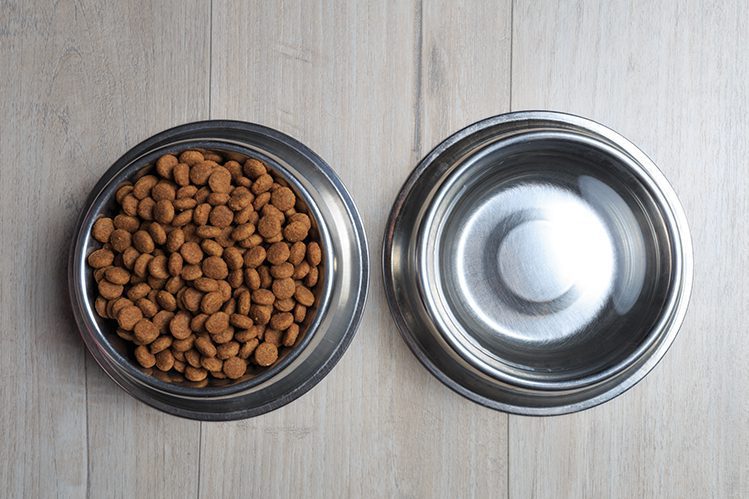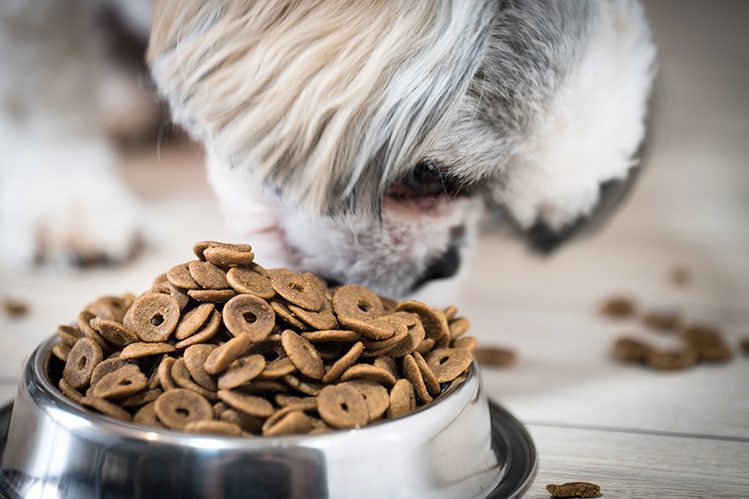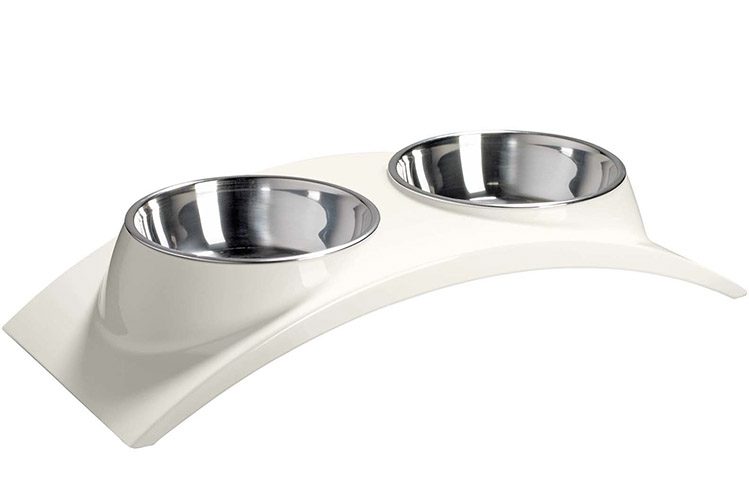
Stainless steel bowls: pros and cons
More and more people around the world are choosing stainless steel bowls for their pets. It has been proven by practice: they are the most durable and convenient to use. But the popularity of such bowls has given rise to many myths. The most popular: “Stainless steel bowls provoke urolithiasis!”. Let’s see if this is actually the case and list the advantages and disadvantages of stainless steel bowls.
Some cat and dog owners are convinced that stainless steel bowls lead to urolithiasis. Where does this opinion come from?
If you’ve used a stainless steel water bowl, you’ve most likely noticed that a white coating builds up on its walls. He is to blame for the birth of the myth. People come to the erroneous conclusion that this material releases plaque, that animals absorb it with water, that plaque settles in the urinary system and, accordingly, leads to KSD.
But if you understand the issue, it becomes clear that it is not stainless steel that is to blame, but the characteristics of water. Divorces and raids on the bowl are left by hard water. The same plaque can be seen on the dishes, on the faucet, in the sink and even on washed things. It’s just that on a metal bowl it is much more noticeable than on a light ceramic one. That’s the whole secret.

Stainless steel bowls cannot lead to ICD. Rather, on the contrary, they help to prevent it! Use the bowl as a way to control water quality. If plaque appears on it, then the water is hard and contains a high concentration of potassium and magnesium salts. In this case, it is better to switch to filtered water.
— Durability. Stainless steel is a very strong and wear-resistant material. Rest assured: the bowl will last a long time.
– Safety. Stainless steel is completely safe for the animal. Even with prolonged use, the material does not release harmful substances into water and food.
– Hygiene. Stainless steel does not scratch or crack, which means that bacteria will not collect in the damage.
– Lack of smell. Do you know how many pets refuse to use bowls because they smell bad? You can pick up a “light” smell from a new plastic bowl, but for a cat or dog, it will be a disaster and ruin even the most delicious dinner. Stainless steel is odorless and does not affect the taste of water or food.
– Practicality. Stainless steel bowls are very easy to clean: just rinse them with water!

The disadvantages of stainless bowls include their cost. In pet stores you will find a huge number of plastic and ceramic models with interesting designs at a more pleasant price. But do not forget that such bowls are easily damaged and worn out, and in the future you will need a replacement. Whereas stainless steel is truly eternal.
And one more drawback. Stainless steel bowls glide across the floor. If this question is fundamental for you, you can purchase models on special stands. For example, on a melamine stand (“Elegance” SuperDesign).

This is where the shortcomings end.
Tell us, what bowls do you choose and why?





